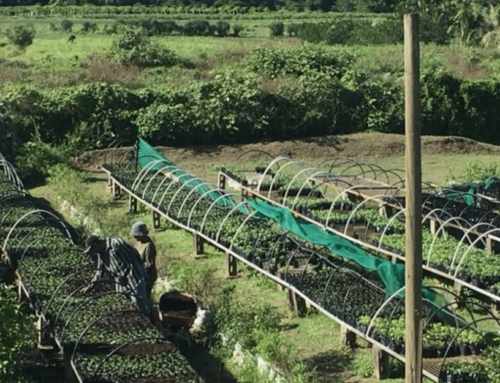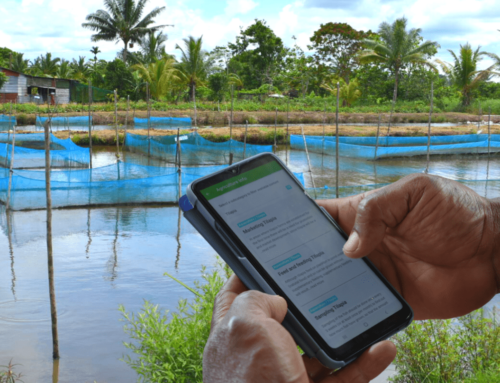Last month one of our team members – Steven Lee – went onboard the FV Seaquence for a 19 day trip from 12th–30th March to observe longline fishing firsthand and learn how integrate tagging into the crew’s operation.
Here is a brief account of his trip:
We departed the Muaiwalu Wharf around 2250 h after loading provisions for 13 crew and 20 days of fishing. According to the Captain conditions closer to Fiji’s main islands weren’t ideal for fishing our target species – Albacore and Yellowfin tuna – so we steamed straight to the one spot with reasonable conditions. This spot happened to be 12nm from the Fiji-Tonga border.
It took roughly 36 hrs to steam to our first fishing ground, the crew spent the first day onboard making branch lines and untangling this big mess of mainline from the last trip. One of the deckhands had a speaker which would constantly be blasting a mix of dancehall, reggaeton, Celine Dion, and Fijian church hymns (all in the same playlist) while the boys worked on-deck. I thought this was grand for the first few days, once day four came I realised it was the only music they had and I’d have to listen to it every.single.day. for another two and a half weeks. Needless to say this trip tested my mental stability.
Day three we started fishing.
A typical day of fishing went like this:
0500–1000 hrs: Setting the line. This involved baiting hooks, attaching branch and float lines to the mainline and casting it out.
1000–1600 hrs: Crew rest
1600–0300 hrs: Hauling the mainline. The haul commences by locating the end of the line by homing in on the attached radio beacon. The line is tied to the small amount of line remaining on the reel and wound in. The general idea of hauling is to remove all appendages (branch lines, float lines, and radio buoys) from the main line without slowing down the winding process. The work is dangerous. The man unclipping the branch lines risks having his hands injured in the block while unclipping as the line rapidly passes through, as well as the danger from flinging hooks and jellyfish that come up on the line.
Hauling the entire line would take roughly 10 h if everything went smoothly.
Things never went smoothly.
During every haul the mainline would snap multiple times, which required the crew to search for the next buoy and haul the line in sections until you had the entire length of the line that had snapped off onboard and had reattached the remaining mainline.
The crew worked in shifts and would constantly rotate to give everyone a bit of a rest. However way you frame it longline fishing is a tough job, and the trip definitely gave me new found respect for these guys. There is a lot of work that goes into getting that tuna onto your plate.
My job was to report on the fishing operation, and workout how to integrate tagging and data collection into their workflows. The solution may seem obvious and indeed that is what we though, until first hand experience on a boat injected a healthy dose of reality into our idyllic plans. What is proving to be difficult is dealing with multiple fish onboard in a short space of time, and how to keep track of them before tagging, what data to collect and how, and how can we do all this without slowing the crew down to a point where it affects their fishing operation or becomes a distraction that may put crew and the boat at risk.
On a personal note, I generally enjoyed the trip – real character building stuff and I’ve came home with a few good stories too, food was good, crew were a friendly bunch and all had their own little personality quirks (the Chief Mate was straight out of a Popeye comic) which were funny to pick up on. So, before I sign off I’d just like to say a big vinaka vakalevu to all the crew onboard the Seaquence for making the trip a very enjoyable experience and SeaQuest for allowing me on one of their boats!

Waqa casting a baited branch line during setting/shooting. Photo: Steven Lee

Hauling around golden hour. Photo: Steven Lee

Yellowfin tuna about to be landed on the foam pad – the pad is there to prevent any unnecessary damage to the fish. Photo: Steven Lee

Yellowfin, tagged and ready to be bagged. While albacore and bigeye tend to be spread out along the mainline, yellowfin tend to come all at once. Photo: Steven Lee

Peni on the look out for a float after the mainline snapped. Photo: Steven Lee






Leave A Comment